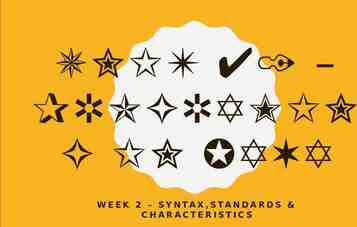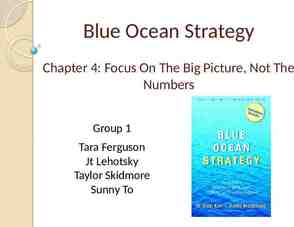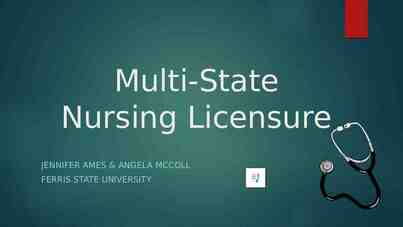Sustainability and Leadership for TVET Dr Michael Langdon
14 Slides1.73 MB

Sustainability and Leadership for TVET Dr Michael Langdon Access Australia Group 1

Sustainability and Leadership for TVET Profiling Effective Sustainability Leaders A high performing individual who is actively aware of the knowledge, skills and capabilities needed to take their professional practice to a level where they become recognised as leaders in their field. Supports people to make thoughtful choices Able to lead an organisation and a team to be a high functioning. Connected to the industries they serve 2

Sustainable Leadership Framework Balance of leadership skills Capacity to Innovate Vocational & Professional competency Personal capacity and Resilience Leadership Skills Values Alignment 3

Key attributes and practices of effective leaders in TVET Values Alignment Capacity to Innovate Personal Capacity & Resilience Vocational & Professional Currency TVET 3 core aspects for sustainable leadership Ongoing skills development Industry and business engagement Leadership Skills Clarity of purpose & communication Financial and Human Resource acumen and skills Technical Aspects (Processes) Student Engagement 4

Values Alignment Leaders must align to the vales and Mission of the organisation Can you identify the key values of your organisation? Has your organisation identified and clearly articulated its values? Do these align to your own values? Is there strengthening needed – how? Lead by example in your actions. Be responsible for yourself, your job, your actions, and your organization. Hold the organization accountable to lead by example in its actions. Hold yourself accountable to reduce waste and increase efficiency. Others will follow. 5

Capacity to Innovate What do you do to ensure that you keep up-to-date/ informed? What is the role of digital technologies and emerging technologies in TVET? Drawing on ideas from other sectors – do you embrace new ideas and take risks? 6

Personal Capacity and Resilience Re-energising and renewing yourself - techniques include: exercise and nutrition, reading, planning and writing, Service, empathy and commitment, study and meditation. 7

Teacher Competency Vocational Competence Teaching Competence 8

Professional currency in TVET Industry and business engagement drives the TVET system in Australia. Sustainable leaders must have effective connections: What industries does your organisation train workers for? How do you engage with the relevant industries and businesses? Do you have a timetable and defined processes? How do your staff remain vocationally & professionally competent? Do you have professional development and training programs available for the development of TVET teachers? 9

Leadership Skills – clarity of purpose & communication A sustainable TVET leader has a clarity of purpose and is able to communicate effectively: Seek First To Understand, Then To Be Understood (Steven Covey) -centres around the understanding of the other person – what they want, need and aspire to, as well as what their motivations are. Communication Plan – staff meetings, newsletter. Do you have structures in place to communicate with your staff? Performance Plans/ KPI’s - what system do you use? Do your staff know what success looks like in their job? 10

Leadership Skills - Financial and Human Resources Effective Sustainability TVET Leaders have both a fiduciary & human resource role: Are you able to develop and follow Budgets? Are you able to read Profit and Loss and Balance Sheet? Procrastination or Can-do attitude - able to make decisions? Do you have an understanding of the IR laws and regulations applicable to your organisation? Performance management – have you the policies & procedures in 11 place? Have you developed a Workforce development plan?

Leadership Skills – Technical Aspects (Processes) To be personally effective we need to manage ourselves - Tools to assist include: Time Management Goal Setting Delegation Project Management 12

Effective Delegation Model 13

Leadership Skills – Student Engagement How does your organisation support student access & let them know about VET options? Engagement & wellbeing – what support structures are adopted by your organisation to address welfare and other non-educational needs that affect student’s capacity to participate in learning? How does your organisation support the learning needs of students? Does you RTO have any particular strategies that create or present pathways to students beyond their current program? 14






